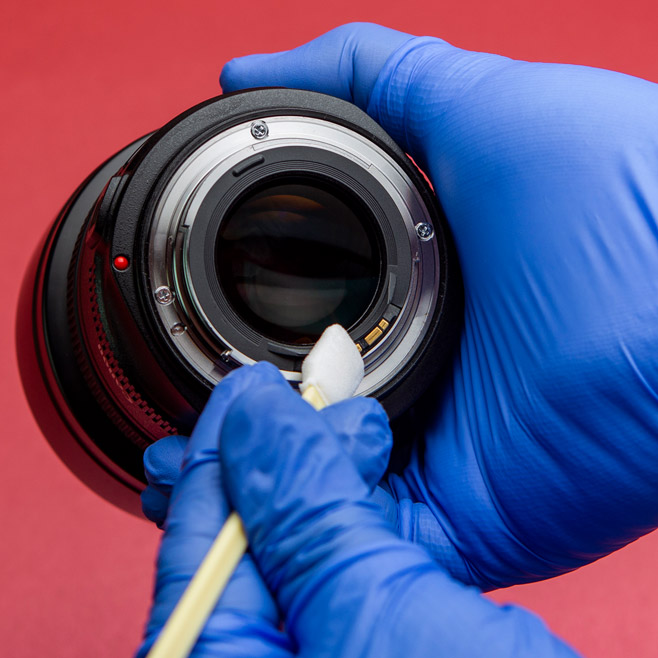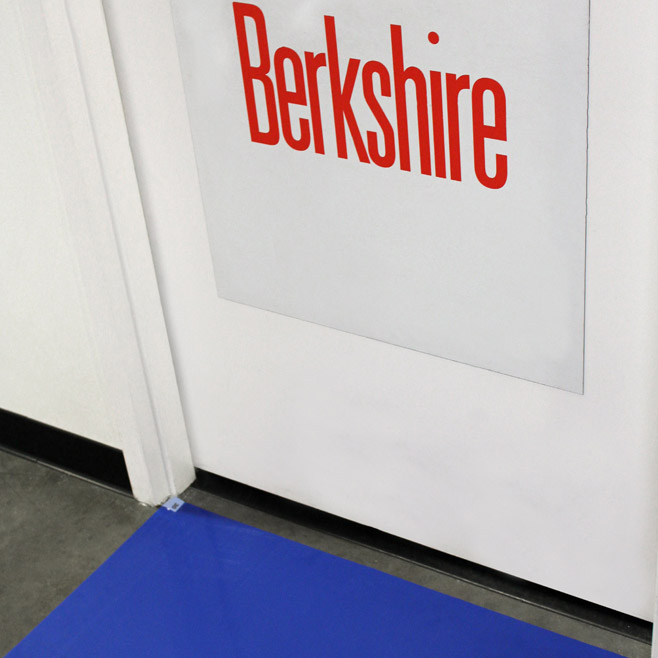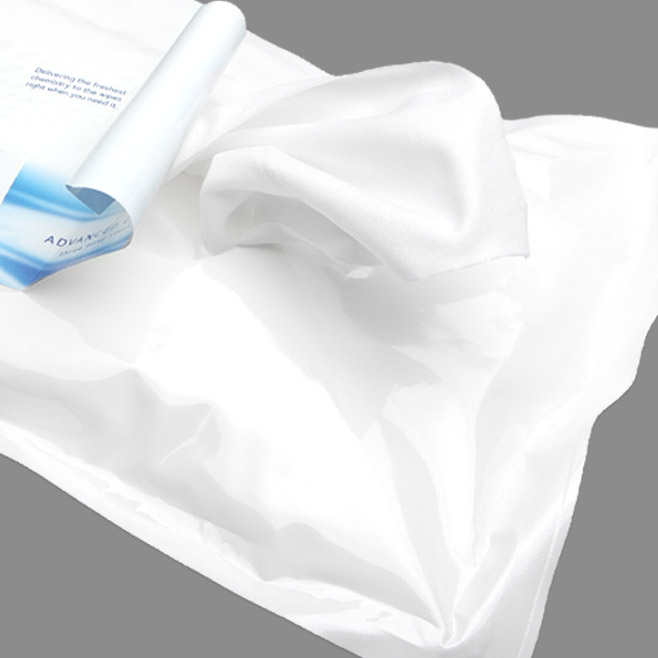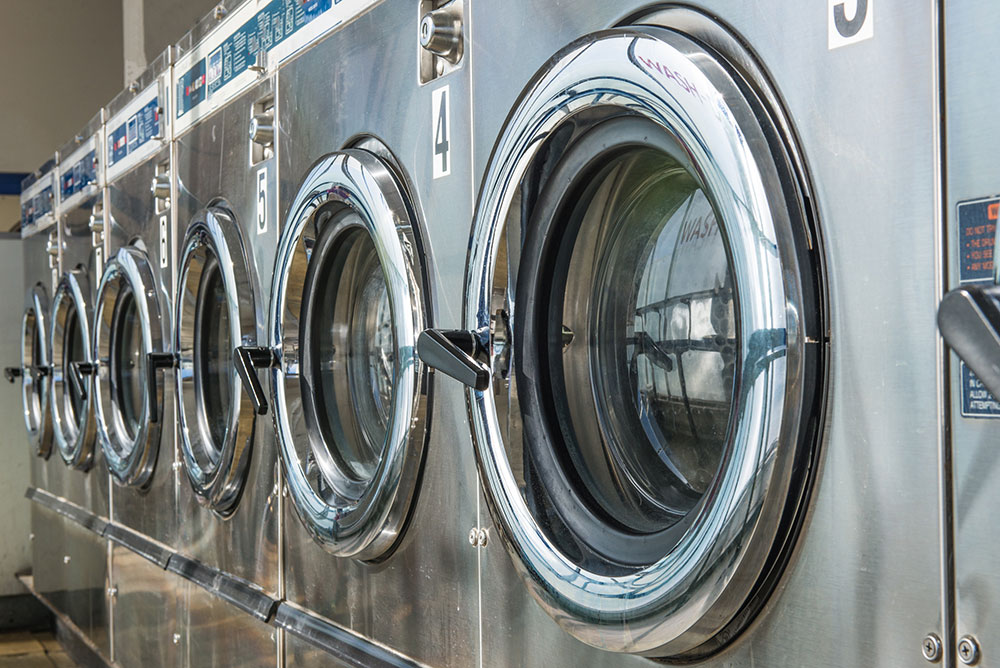Berkshire Products, Knowledge Base
Can I Relaunder Cleanroom Wipes, and Use Them Again?
Can I Relaunder Cleanroom Wipes, and Use Them Again?
Virtually all cleanrooms use wipers once then discard them. In an effort to save money, some cleanroom personnel have considered relaundering wipers. It is instructive to learn why relaundering wipers may not be a viable approach.
Three factors are paramount:
- Levels of contamination on the wipers
- Wiper laundering issues
- Deployment of resources
Let’s examine these factors individually.
1. Levels of Contamination
In any discussion of reclamation of wipers by laundering, we must restrict attention only to synthetic wipers. Cotton wipers cannot be considered since they release significant levels of particles and fibers and are not widely used in modern cleanrooms. Similarly, wipers made of, or incorporating cellulose, would be destroyed in laundering, so they also cannot be considered.
A collection of used synthetic wipers (hopefully not including cotton or cellulose-based wipers inadvertently!) may have widely varying levels of contamination – very low levels if relatively clean surfaces have been wiped, or very high levels if heavily soiled surfaces were cleaned. To make matters worse, some wipers may be contaminated with corrosive chemicals (they should have been discarded as hazardous waste) and may get included with the bulk of the wipers.
As a result, the contamination burden on the used wipers can vary widely and can lead to inconsistent quality levels in the relaundered wipers. If one assumes the worst and launders for very heavily contaminated wipers, excessive amounts of surfactants will be used, vigorous and lengthy laundering cycles will follow and large quantities of expensive, highly purified deionized water will be employed for rinsing. These aggressive conditions will produce relaundered wipers with badly fractured edges and excessive levels of particles and fibers. On the other hand, it is evident that mild laundering conditions has the potential to produce relaundered wipers with much of the original contamination intact. Not good.
The astute reader may well ask “Why don’t wiper manufacturers have this problem?” The simple answer is that the levels of contamination on the incoming fabric are well established and consistent, leading to optimization of the laundering process to get the cleanest wipers with the minimum of damage to the wiper fabric. To elaborate, the incoming fabrics are produced under tightly controlled conditions, that have been optimized using statistical process control over thousands of lots year after year and continuous improvement initiatives that reduce the occurrence of out of control situations and contamination levels. The control of the manufacturing process also has aggressive quality control measures that provide the validated evidence the material is being produced with controlled processes, resulting in highly consistent properties and performance.
2. Wiper Laundering Issues
Wipers destined for recyling must be sequestered and stored until they are ready for laundering. The associated logistics – personnel involved, space utilization, possible investments in equipment must be carefully considered.
Where to launder the wipers is in itself a difficult decision. Should the wipers be laundered on-site, that is within the manufacturing facility? Is the necessary cleanroom space available for the washers, driers, and packaging? Who will staff the laundering facility? Do they have the necessary training?
Can the existing deionized water supply handle the additional laundering demand? After laundering, will the wipers be tested to verify levels of cleanliness (i.e. absence of contamination)? Who will do the testing? Do they have the necessary training? Is the test equipment already on hand or must new equipment be purchased? Who in house has the necessary background to know which vendors will provide the most cost-effective instruments?
If the decision is made to outsource the laundering and testing activities, where will this be done? Is there a resource nearby that has the necessary equipment to do the job in a timely manner? What will the costs be? Have they had prior experience in this area? Are they relaundering wipers from other facilities? How can they guarantee that relaundered wipers from other facilities are not returned to your facility? Similarly, how can they guarantee that your relaundered wipers don’t end up at someone else’s facility? How will you audit the external facility to verify that they are complying with your specifications? For that matter, do you have specifications on how the wipers should be laundered and tested?
How do they verify the contamination has been cleaned from the washer itself, so as not to cross contaminate the next batch. At best, a purge cleaning cycle between batches would be extremely wasteful of energy and treated water, for very little benefit and a sustained risk.
Whether the wipers are laundered on- or off-site, additional issues must be considered. Where will the recycled wipers be used in the facility? They may not be clean enough to be used again in the cleanroom. Can cleanroom supervisors guarantee this? Mistakes happen. Should the recycled wipers be designated for use only in ISO Class 6 areas or higher? Are the costs associated with wiper recycling lower than purchasing new ISO Class 6 wipers?
Once the recycled wipers are used, do they get recycled again? If so, how many times? How will these recycled wipers be segregated from used-once wipers from the cleanroom also destined for recycling? Presumably the levels of contamination on the two types of wipers will be different.
3. Deployment of Resources
As the reader has already determined, the decision to recycle wipers is not an easy one. Answering all of the above questions will consume significant time and attention. Management must carefully consider the variety of trade-offs described. There is much technology and effort needed to successfully develop and manage a wiper recycling process.
A key question must be answered: Is this activity key to the success of our enterprise, or are we better served by employing those resources and investment to grow our main business?




















Pingback: Double Masking in a Cleanroom? - Cleanroom News | Berkshire Corporation